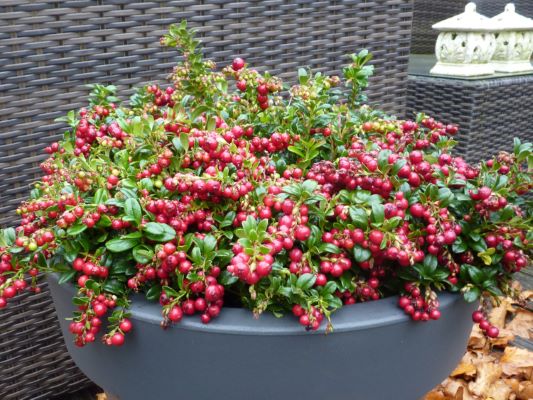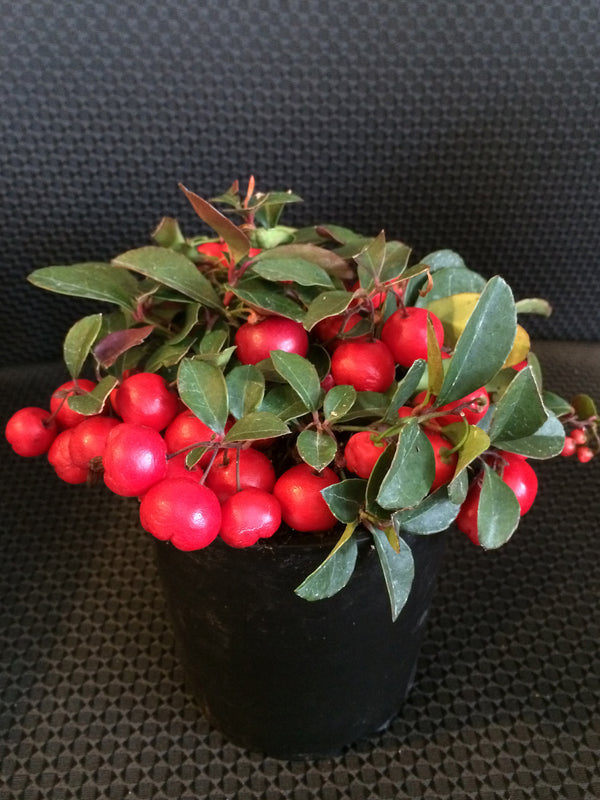
Vaccinium ideaea
Red Candy is a bushy, dwarf, evergreen shrub, with small, shiny, dark green leaves and sprays of pinky-white, bell-shaped flowers in late spring to early summer, followed by bright red, edible berries. Berries can be picked into the late fall and taste very good. They may be set as individual specimens, in rows, or planted together to form a solid ground cover from 8" to 12" tall. Zones 2-8. In hot summer areas plant in the shade.
| Plant Characteristics | |
|---|---|
| Pest Resistance | Excellent |
| Disease Resistance | Excellent |
| Drought Tolerance | Poor |
| Heat Tolerance | Fair |
| Humidity Tolerance | Fair |
| Sun Tolerance | Fair |
| Wet Soil Tolerance | Poor |
| Shade Tolerance | Good |
| No Spray | Very Good |
| Salt Tolerance | Poor |
| Fresh for Kids | Fair |
| Deer Resistance | Good |
| Thorns | No |
| Soil Type | High Organic Matter |
| Edible Type | Berry |
| Self Fertile | Yes |
| This information is accurate to the best of our knowledge, comments/opinions are always welcome | |
Care Guide
Lingonberry Care Guide
Lingonberries offer an exciting addition of color and fruit for northern gardens. Also called Cowberry, Partridgeberry, and Foxberry, Lingonberries have a long history of use throughout the world. On a recent trip to Holland and Germany we saw lingonberries in home gardens throughout our travels and enjoyed the many different dishes and condiments made from this delicious fruit.
Lingonberries are a super hardy dwarf perennial evergreen shrub reaching 4 to 16 inches high, slowly spreading through underground rhizomes. Lingonberries bloom twice, once in early spring and once in summer. With adequate frost protection, both blooms will give way to fine crops of sparkling red, pea sized fruit very high in vitamin C and other fruity acids. The berries have a slightly tart taste when eaten fresh, but really excel in sauces, jams, jellies, and wines. in Europe, Lingonberries have a long history of medicinal uses, from lowering choloesterol levels to curing gastric distress and rheumatism.
Grow Lingonberries just as you do blueberries, placing them in well drained sites with generous additions of organic matter such as peat, bark or sawdust. They are self pollinating. They may be set out as individual specimens, in rows, or planted together to form a solid groundcover. Lingonberries require very little fertilizer. Generally a balanced acid misture used for rhodies or azaleas once in the spring is sufficient. Plant in full sun or filtered shade for areas with warmer summers.



